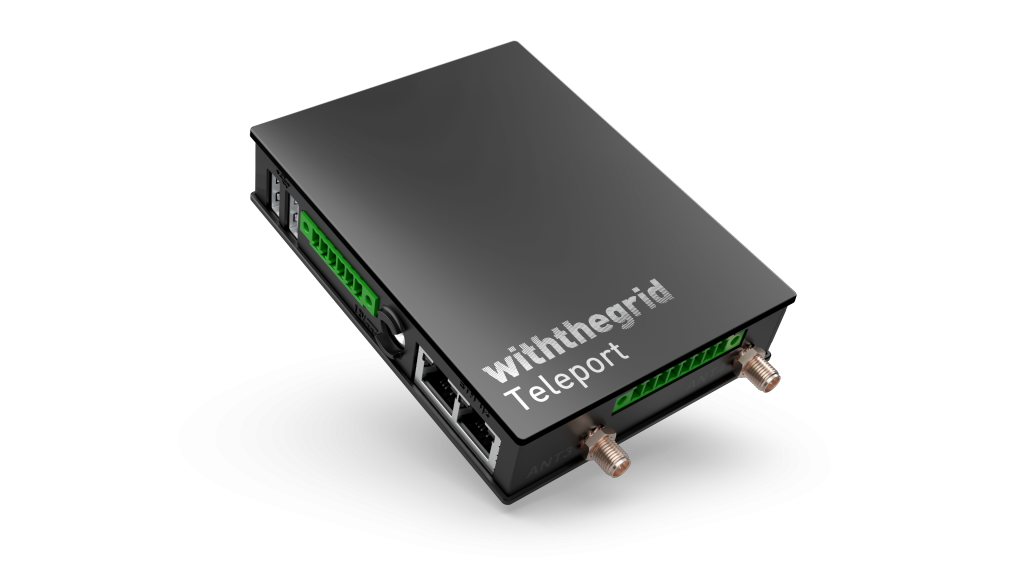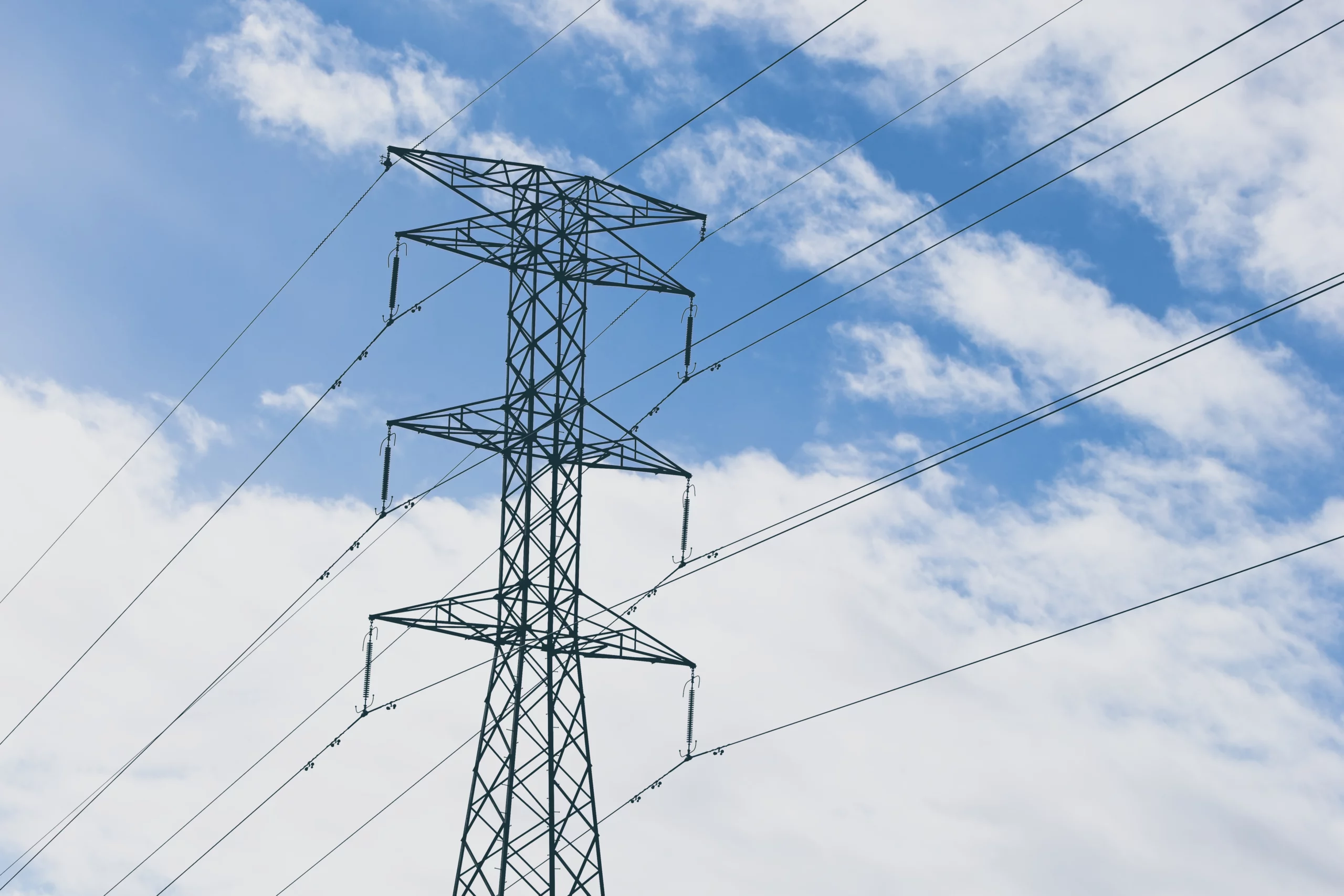Home → Blog → Congestion management → Congestion management: the role of flexibility
By
Anaïs Wampack
Published on:
24/10/2023
The landscape of energy generation and consumption in Europe is undergoing a system change, transitioning from a centralized, demand-driven, fossil-fueled based industry to a decentralized, supply-driven, renewable based energy system. This transformation, driven by the urgent need to combat climate change, has placed immense pressure on European electricity grids, particularly in countries like the Netherlands. The resulting strain on these grids has given rise to congestion issues, necessitating innovative solutions for effective grid management.
In this article, we delve into the impact of congestion on the Dutch grid, exploring its causes and consequences. Then, we will investigate the pivotal role played by flexibility measures in efficient congestion management.
I. Understanding congestion
1) What is congestion?
Congestion refers to the restriction in the flow of electricity through the grid.
You can picture it as a bottleneck in a busy road, where excessive vehicles (or electrons, in this case) compete for limited space. It occurs when the existing transmission lines are unable to handle the volume of electricity flowing through it without surpassing the thermal, voltage, and stability thresholds set to ensure reliability.
Congestion arises in case of excessive power demand or feed-in. Its repercussions are significant:
- Reliability Issues: Congestion strains the grid, causing voltage fluctuations and power outages. These interruptions can disrupt businesses, inconvenience consumers, and, in some cases, pose risks to public safety.
- Economic implications: Inflated costs as the TSO / DSOs need to redispatch.
- Inefficient integration and use of renewable energy resources: Grid congestion can limit the ability to efficiently allocate electricity from different sources. Renewable energy projects, for instance, might not deliver power effectively if the transmission lines are congested, leading to underutilization of clean energy resources. Grid congestion can also slow down the integration of renewable energy into the grid.
2) Congestion in the Netherlands
The electricity grid in the Netherlands is experiencing growing congestion. The Netherlands is facing a pressing challenge in adapting its electricity grid to accommodate the surging influx of renewable energy sources, particularly solar and wind. The grid needs not only to expand but also to be rebuilt in certain areas that were not initially electrified.
The grid operators, including companies like Stedin, Enexis, and Liander, estimate a requirement of €30 billion in investments by 2030 to meet climate goals and maintain stability. Despite significant investments, grid operators recently revealed an explosive growth in demand for space on the electricity grid, reaching near-full capacity across most of the Netherlands. This phenomenon can be observed on the Capacity Map developed by Netbeheer Nederland. Businesses seeking new or upgraded connections will now face waiting lists, and without intervention, the power grid in Utrecht, Gelderland, and Flevoland will face overload during peak times by 2026.
Thus, smart grid congestion management, combined with traditional grid expansion efforts, are crucial for efficient energy coordination during the ongoing energy transition.
II. Flexibility as a congestion management tool
Flexibility measures play a critical role in mitigating congestion challenges. These measures optimize the balance between electricity demand and supply. Among the array of flexibility measures, demand-side and supply-side strategies are pivotal components:
1) Demand-side flexibility
Demand-side flexibility empowers consumers to actively participate in congestion management, fostering a culture of energy awareness and responsibility. These encompass various strategies, such as:
- Direct Load Control: Direct load control allows utilities or grid operators to manage consumers’ energy usage. By temporarily reducing electricity consumption for certain appliances, the overall demand on the grid can be alleviated during peak demand periods. For instance, smart charging systems enable the efficient management of electric vehicles (EVs) and heat pumps (HPs), ensuring that they are charged during non-peak hours rather than high-demand periods.
- Pricing Mechanisms: Dynamic pricing mechanisms incentivize consumers to shift their energy usage to off-peak hours, thereby balancing the load on the grid more effectively. Multiple strategies, such as Critical Peak Pricing (CPP) and Time of Use Pricing (TOU), encourage responsible consumption and contribute to a more balanced and efficient energy ecosystem.
Caution: In some situations, Pricing Mechanisms can also have the opposite effect on congestion. For example: when prices are low due to an abundance of offshore wind power, consumers may be enticed to charge their cars or use the heat pump at maximum capacity. The capacity of the grid in residential areas may not be equipped to handle all this load (which is triggered by the lower dynamic prices), and create congestion.
2) Supply-side flexibility: curtailment
While demand-side management strategies are indispensable, supply-side solutions, notably curtailment, also occupy a crucial role. It may feel contradictory, throwing away renewable electricity, however from a total system cost perspective, it can be more cost-effective.
Curtailment involves the intentional reduction of electricity production from renewable sources. This measure prevents the grid from becoming overloaded, especially during periods of high supply. Grid operators can curtail the output of wind farms and solar plants, ensuring to not exceed the transport capacity available.
Beyond its role in congestion management, curtailment serves also as a financial shield for energy generators. During periods of excess supply, energy prices can plummet, leading to negative pricing scenarios. In such situations, generators might have to pay to produce electricity. Curtailment protects these generators by avoiding such scenarios, ensuring financial sustainability and more stability in the energy market.
3) The role of battery storage
The integration of batteries energy storage systems (BESS) enables the strategic deployment of renewable energy resources, sometimes allowing generators to install solar panels in grid-congested areas. By storing generated energy instead of immediately supplying it back to the grid during congestion, energy generators can optimize their operations, enhance their revenue streams with smart energy trading, and contribute significantly to the sustainable energy transition.
III. The Teleport: unlocking the flexibility of your energy assets
The Teleport can be an important tool for multiple stakeholders in congestion management. It allows grid operators and power generators to unlock the flexibility of their assets.
To improve supply-side flexibility, the Netherlands are developing new regulations, such as the Real-Time Interface, to make sure that grid operators can intervene immediately in case of acute grid congestion, and control the production output of >1MWp generators. The Teleport, the first certified endpoint in the Netherlands, facilitates compliance with these regulations. Developed alongside Dutch grid operators, it enables real-time curtailment of surplus renewable energy, averting congestion and ensuring grid stability.
→ Want to know more about the Real-Time Interface? Discover all resources here.

Moreover, via asset control, the Teleport empowers owners and energy traders to respond effectively to market signals, and enhance the profitability of their installation.
By seamlessly combining direct control and market-driven approaches, the Teleport allows energy asset owners and traders to participate in congestion management and grid balancing while benefiting economically from it. The Teleport not only ensures grid stability but also transforms congestion management into a collaborative, economically viable venture for all involved stakeholders.
V. Conclusion
In the face of escalating energy demand and the rapid integration of renewable energy sources, effective congestion management strategies are indispensable. Demand-side flexibilities empower consumers to actively participate in balancing the grid, fostering a culture of energy awareness and responsibility. On the supply side, curtailing excess production and harnessing the power of battery storage systems are pivotal steps towards a resilient and efficient energy ecosystem.
The synergy of these flexibility measures not only help ensure the stability of the grid but also paves the way for a sustainable energy future. By embracing these innovative solutions, the Dutch and European energy sectors can navigate the complexities of modern energy management, promoting environmental conservation, economic stability, and energy equity for all.
Summary
Understanding Congestion
- Definition: Congestion refers to the restriction in electricity flow due to grid limitations, causing reliability issues, economic implications, and inefficient use of renewable energy resources.
- Netherlands’ Challenge: The Netherlands faces growing congestion due to the influx of renewable sources, requiring substantial investments and smart grid management strategies.
The Role of Flexibility
- Flexibility helps mitigating congestion challenges
- Demand-Side Flexibilities:
- Direct Load Control: Utilities or grid operators can manage energy usage, reducing consumption during peak demand using smart charging systems for electric vehicles and heat pumps.
- Pricing Mechanisms: Dynamic pricing incentivizes consumers to shift energy usage to off-peak hours, balancing the grid effectively (although this can, in some situation, work in the opposite way).
- Supply-Side Flexibility – Curtailment: Proactive reduction of renewable energy production prevents grid overload, ensuring financial stability for generators and maintaining grid balance.
- Battery Storage: Advanced batteries store excess energy, releasing it during non-congested periods, optimizing operations, enhancing revenue streams, and supporting the sustainable energy transition.
The Teleport: A Congestion Management Tool
- The Teleport facilitates compliance with regulations like the Real-Time Interface in the Netherlands, enabling real-time curtailment of surplus renewable energy.
- Asset control features empower owners and energy traders to respond effectively to market signals, enhancing profitability while ensuring grid stability.

Want to unlock the flexibility of your assets?
Withthegrid is here to assist you – contact us today!


